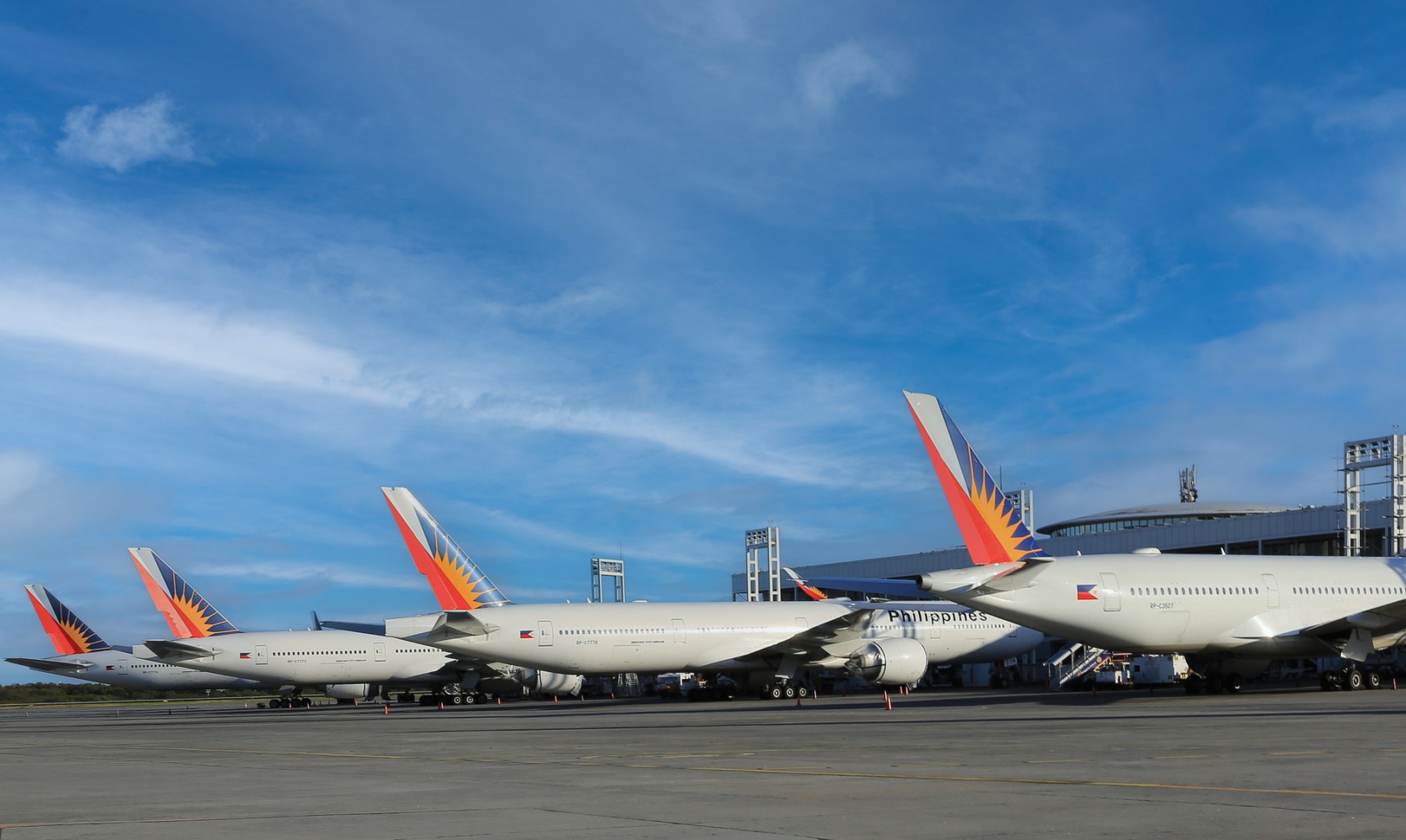
Air transport infrastructure is a vital part of modern life, connecting people, goods, and cultures across the globe. But how much do you really know about it? From the busiest airports to the longest runways, there are countless fascinating aspects to explore. Did you know that some airports are so large they have their own postal codes? Or that the world's highest airport sits over 14,000 feet above sea level? Whether you're a frequent flyer or just curious about how planes get from point A to point B, these 13 facts will give you a new appreciation for the complexity and efficiency of air travel. Buckle up and prepare for takeoff!
Key Takeaways:
- Air transport infrastructure has evolved from simple grass fields to sprawling international airports, with technological advancements making air travel safer and more efficient.
- Efforts are being made to make aviation more sustainable, with initiatives like green airports, electric ground vehicles, and carbon offsetting programs leading the way towards a more environmentally friendly future.
The Evolution of Air Transport Infrastructure
Air transport infrastructure has come a long way since the early days of aviation. From simple airstrips to sprawling international airports, the development has been nothing short of remarkable. Here are some fascinating facts about this journey.
-
First Commercial Airport: The first commercial airport, Hounslow Heath Aerodrome, opened in 1919 in London. It was a simple grass field with a few hangars.
-
World's Busiest Airport: Hartsfield-Jackson Atlanta International Airport holds the title for the busiest airport in the world, handling over 107 million passengers annually.
-
Longest Runway: Qamdo Bamda Airport in Tibet boasts the longest runway, stretching 5,500 meters. This length helps aircraft take off at high altitudes where air density is lower.
-
Largest Airport by Area: King Fahd International Airport in Saudi Arabia covers an area of 780 square kilometers, making it the largest airport by land area.
Technological Advancements in Air Transport
Technology has played a crucial role in transforming air transport infrastructure. From navigation systems to security measures, advancements have made air travel safer and more efficient.
-
Air Traffic Control Systems: Modern air traffic control systems use radar and satellite technology to manage the movement of aircraft, ensuring safety and efficiency.
-
Automated Check-In: Many airports now offer automated check-in kiosks, reducing wait times and streamlining the boarding process.
-
Biometric Security: Airports are increasingly using biometric systems like facial recognition and fingerprint scanning to enhance security and speed up passenger processing.
-
Smart Baggage Handling: RFID tags and automated sorting systems have revolutionized baggage handling, reducing lost luggage incidents and improving efficiency.
Environmental Impact and Sustainability
Air transport infrastructure has a significant environmental footprint. However, efforts are being made to make aviation more sustainable.
-
Green Airports: Some airports, like Denver International Airport, have implemented green initiatives such as solar power and recycling programs to reduce their environmental impact.
-
Electric Ground Vehicles: Many airports are replacing traditional fuel-powered ground vehicles with electric ones to cut down on emissions.
-
Carbon Offsetting Programs: Airlines and airports are increasingly offering carbon offsetting programs, allowing passengers to compensate for their carbon footprint.
Future of Air Transport Infrastructure
The future of air transport infrastructure looks promising, with innovations aimed at improving efficiency, safety, and sustainability.
-
Hyperloop Integration: Some airports are exploring the integration of Hyperloop technology to connect terminals and nearby cities, reducing travel time significantly.
-
Urban Air Mobility: The concept of urban air mobility involves using electric vertical takeoff and landing (eVTOL) aircraft for short-distance travel within cities, potentially reducing traffic congestion.
Air transport infrastructure continues to evolve, driven by technological advancements and a growing focus on sustainability. These facts highlight the incredible progress made and the exciting possibilities that lie ahead.
The Final Takeaway on Air Transport Infrastructure
Air transport infrastructure plays a crucial role in connecting the world. From runways to air traffic control towers, each component ensures safe and efficient travel. Airports serve as hubs for economic growth, creating jobs and boosting local economies. Runway length and quality directly impact the types of aircraft that can land, affecting the volume of passengers and cargo. Advanced technology in air traffic control reduces delays and enhances safety. Environmental considerations are increasingly important, with airports adopting sustainable practices to minimize their carbon footprint. Security measures have evolved to protect passengers while maintaining efficiency. Investment in infrastructure is vital for meeting future demands and improving global connectivity. Understanding these facts highlights the importance of maintaining and upgrading air transport systems to support a growing, interconnected world.
Frequently Asked Questions
Was this page helpful?
Our commitment to delivering trustworthy and engaging content is at the heart of what we do. Each fact on our site is contributed by real users like you, bringing a wealth of diverse insights and information. To ensure the highest standards of accuracy and reliability, our dedicated editors meticulously review each submission. This process guarantees that the facts we share are not only fascinating but also credible. Trust in our commitment to quality and authenticity as you explore and learn with us.


